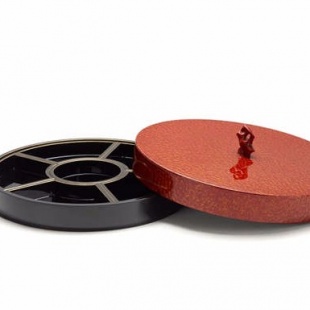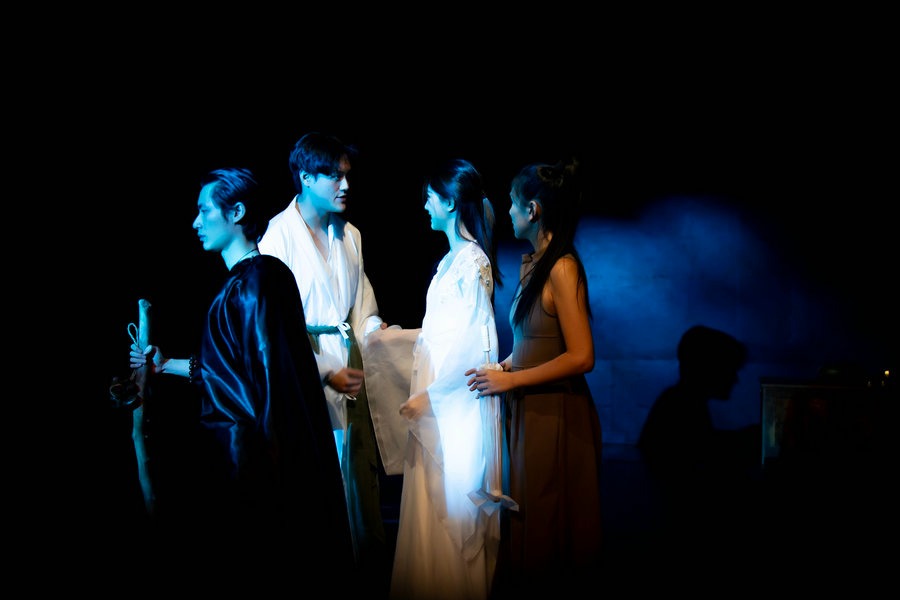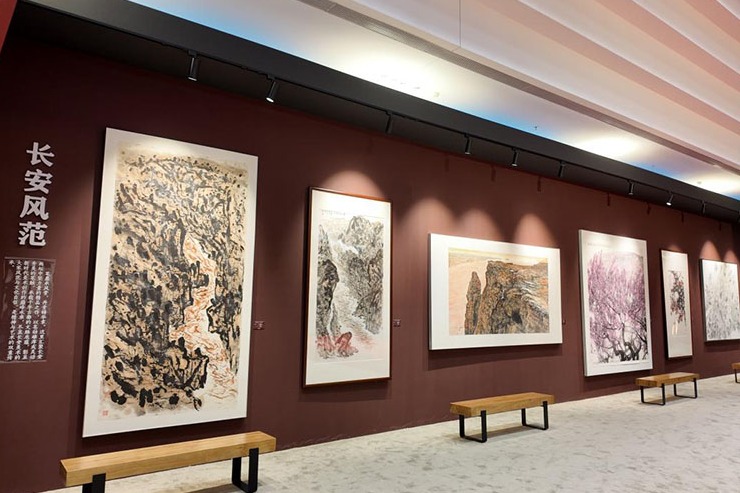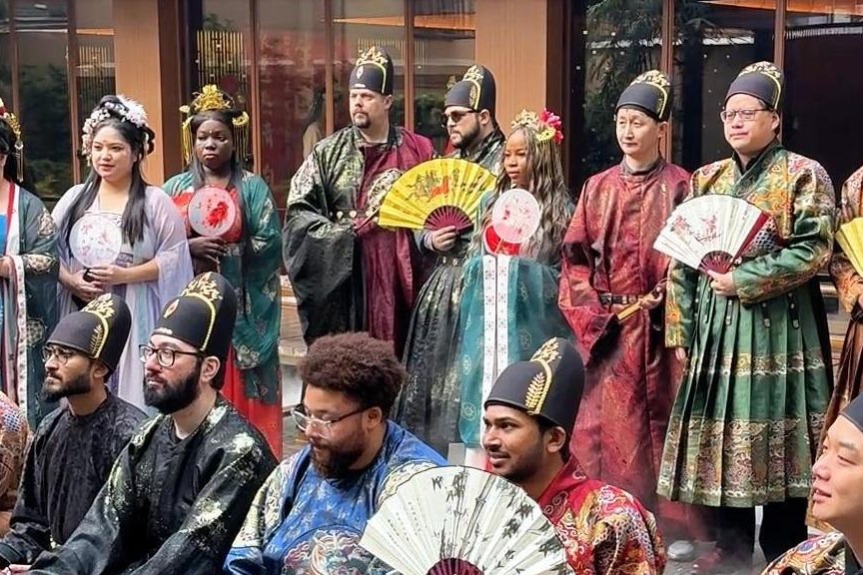Art & Craftsmanship

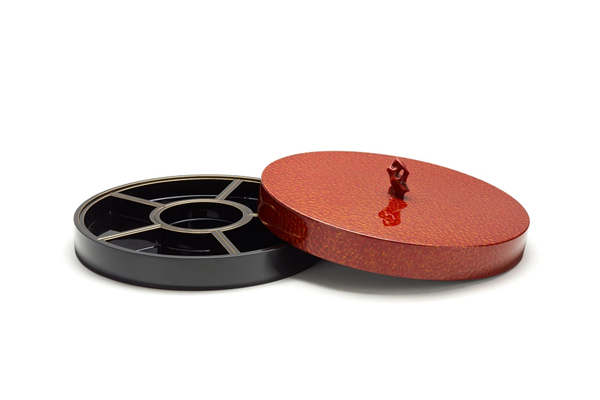
"For them, this is to record history instead of just caring about the finished work itself," explains Jiang. "In my opinion, all the museums in cooperation with us are actually looking for, collecting and recording a microcosm of the highest level of life, techniques, artisanship, science and technology, art and design of a certain period in society," she muses, noting that the best preservation of China's rich heritage and craftsmanship is innovation.
Whenever she creates something, Jiang always asks three questions; firstly, how can it be made to be useful?
Some of the country's traditional know-how has become solely for decoration, but with no function, she notes. For example, when she met a craftsmen doing bamboo weaving in southwest China's Sichuan province, they were making an elephant for an entry into the Guinness Book of World Records.
"It's amazing," she observed, "but it's not going to be used in your daily life." Her team worked with the same Sichuan craftsmen to weave a "coat" to cover a white porcelain tea set. The thin bamboo strips are softly woven following the shape of the tea ware, seamlessly melding one material into the other. In terms of functionality, the design has enhanced the safety of serving hot tea, but when people hold the cup, they will feel the handmade craftsmanship.
Secondly, how can it be modernized?
The best example is perhaps Shang Xia's carbon fiber chairs, for which Jiang drew inspiration from Ming-style chairs, but created them using the ultramodern material to make the light and thin frame.
Her third question is "how can give it an emotional value?"
Shang Xia's "sculptured cloth" takes its inspiration from the herdsman of Inner Mongolia who make their rugs, yurts, clothing and cooking utensils with felt. The handmade clothing is passed from one generation to the next, and with it the family story and all of the emotion that evokes. Most felt is made from wool, which may be too heavy and uncomfortable for most urban applications, but Jiang and her team adapted the material from cashmere, to make a lighter, more luxurious - but equally functional - cashmere felt.
In Chinese, Shang Xia means "ups and downs," which Jiang reinterprets with her signature adaptability. She imagines "Shang" as "into the sky," representing the passage of history, craftsmanship and tradition, while "Xia," she says, is "the earth," representing the future, new technology and new material.
Whichever way you look at it, demand for Shang Xia's creations is soaring, and one of the reasons is that Jiang's flights of fancy remain firmly grounded in tradition, functionality and the art of modern living.


